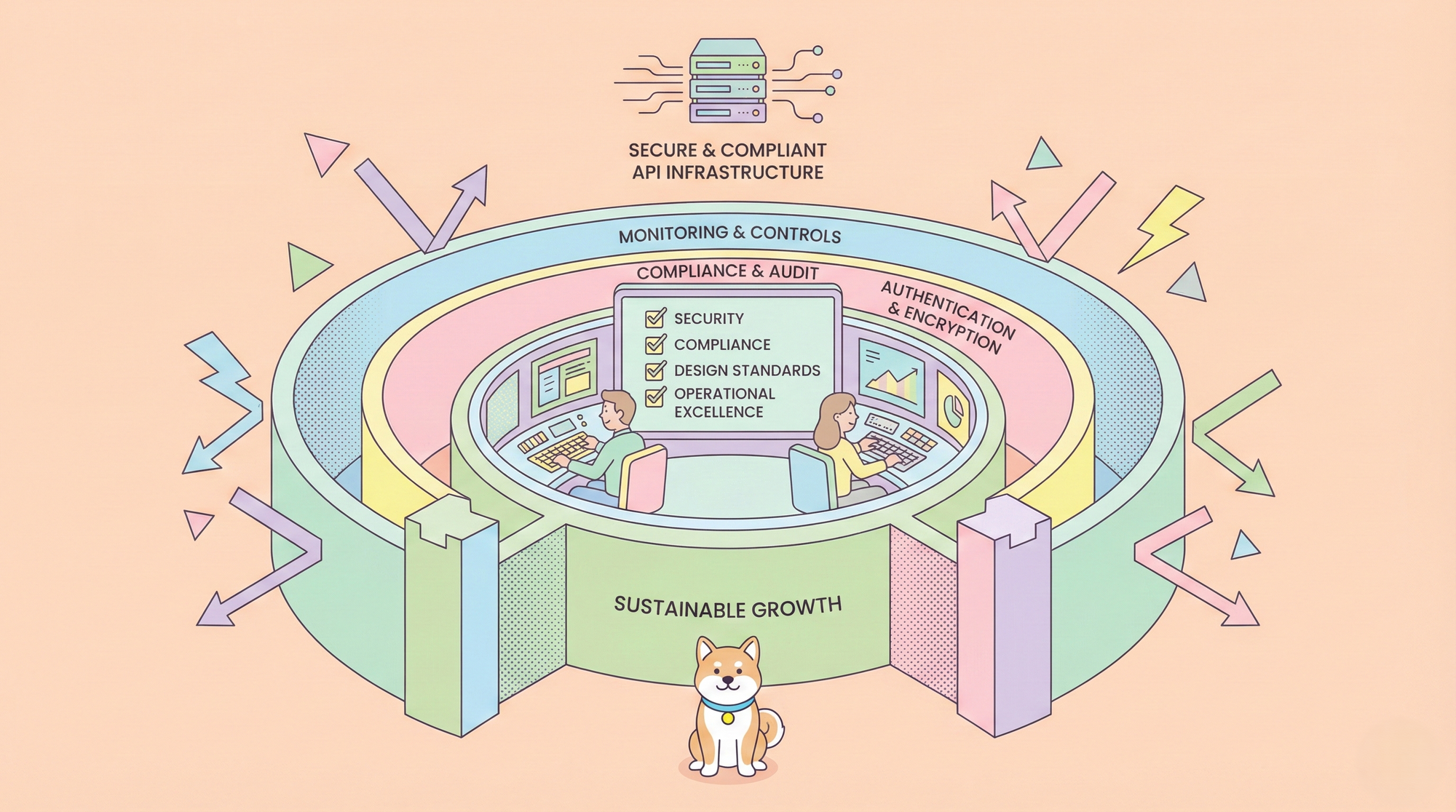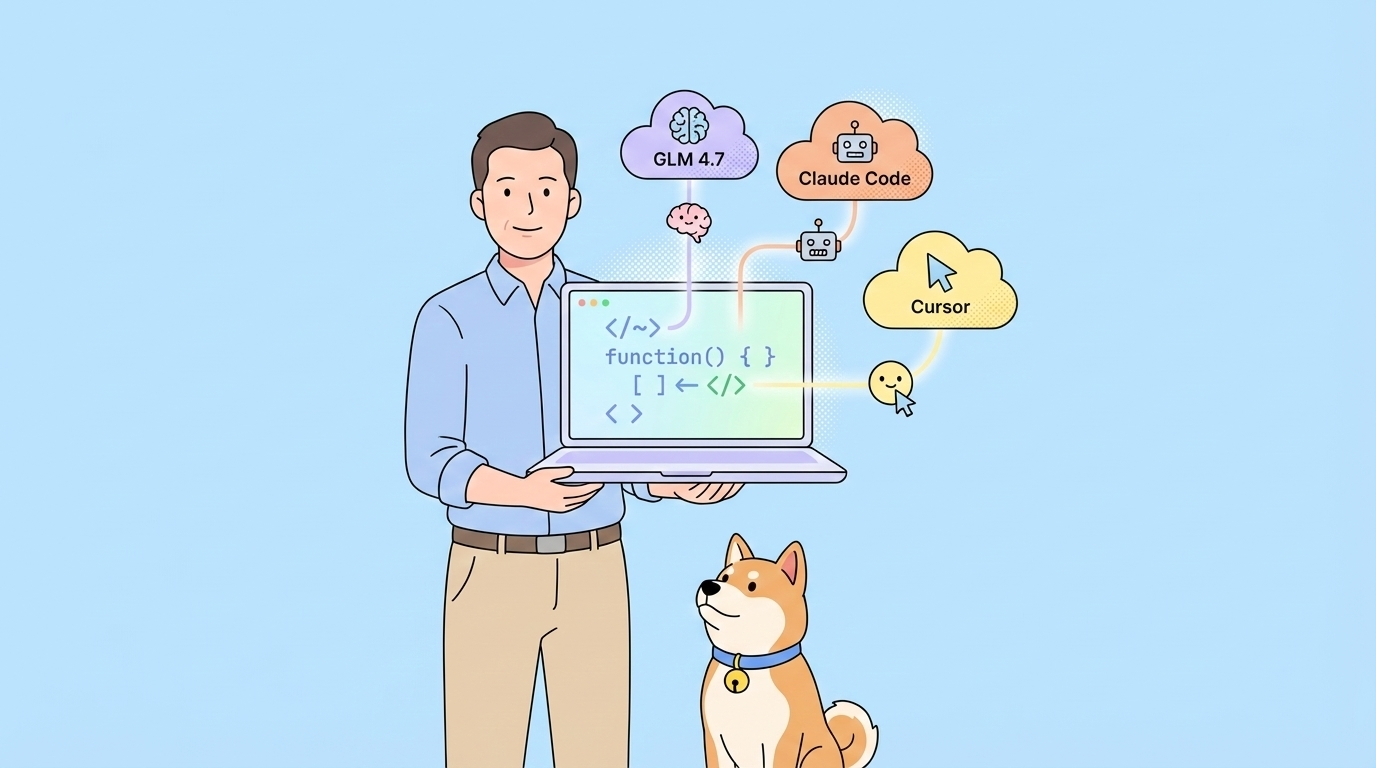Imagine diving into a GitHub repository and instantly understanding its code, structure, and purpose—no endless scrolling through sparse READMEs or deciphering cryptic comments. That’s the magic of DeepWiki, a game-changing platform launched by Cognition AI on April 25, 2025. By simply swapping "github" for "deepwiki" in any public repository’s URL, you unlock a treasure trove of AI-generated documentation, interactive diagrams, and a chatty AI assistant ready to answer your questions. In this blog post, we’ll explore how DeepWiki works, what makes it tick under the hood, and why it’s becoming a must-have for developers and open-source enthusiasts.
Want an integrated, All-in-One platform for your Developer Team to work together with maximum productivity?
Apidog delivers all your demands, and replaces Postman at a much more affordable price!
What Is DeepWiki?
Now you can generate a documentation-like wiki page of your github repo in one click with DeepWiki. And you can ask Devin about the repo. 👌
— ᴇᴅᴀɴ ᴋᴡᴀɴ (@edankwan) April 25, 2025
Here is an example of the WebGL Scroll Sync Repo we released not long ago: https://t.co/bhm1xVCQvk pic.twitter.com/mV5vQQqTS5
DeepWiki, built by the team behind the AI coding assistant Devin, turns any public GitHub repository into an interactive, encyclopedia-like wiki. Think of it as a super-smart librarian who’s read every line of code and can explain it in plain English. Whether you’re a newbie coder or a seasoned developer, DeepWiki makes exploring repositories a breeze.
The platform’s scale is mind-boggling. Cognition AI has indexed over 30,000 repositories, analyzed 4 billion lines of code, and spent over $300,000 on compute power just to get it running. That’s serious dedication to making open-source code more accessible!
How Does DeepWiki Work?
Using DeepWiki is as simple as it gets. Take a GitHub URL like github.com/owner/repo, replace "github" with "deepwiki" (deepwiki.com/owner/repo), and voilà—you’re on a sleek wiki page packed with insights.
Now you can generate a documentation-like wiki page of your github repo in one click with DeepWiki. And you can ask Devin about the repo. 👌
— ᴇᴅᴀɴ ᴋᴡᴀɴ (@edankwan) April 25, 2025
Here is an example of the WebGL Scroll Sync Repo we released not long ago: https://t.co/bhm1xVCQvk pic.twitter.com/mV5vQQqTS5
Here’s what you’ll find:
- Rich Documentation: DeepWiki digs into the repository’s code, README, and config files to create detailed, easy-to-read explanations. It breaks down the codebase’s structure, highlights key functions and modules, and even explains dependencies. No more guessing what that obscure script does!
- Interactive Diagrams: Ever wished you could see how a codebase fits together? DeepWiki generates clickable diagrams—think class hierarchies, dependency graphs, and workflow charts—that let you zoom in and explore connections visually.
- AI Chat Assistant: Powered by Devin, DeepWiki lets you highlight any text and ask questions. Want to know why a function was written a certain way or how to contribute? The AI responds with clear, context-aware answers, pulling directly from the code.
- Deep Research Queries: For power users, DeepWiki can run advanced analyses, like spotting potential bugs, suggesting optimizations, or comparing the repo to others. It’s like having a senior engineer on speed dial.
The best part? It’s free for public repositories, with no sign-up required. Whether you’re poking around a popular open-source project or a niche library, DeepWiki is ready to guide you.
You can share wikis and answers to keep everyone on the same page. Just copy the link.
— Cognition (@cognition_labs) April 25, 2025
Check out the 30,000 repos already live: https://t.co/b8L2ZDUiTO pic.twitter.com/fx8hJfh7d7
DeepWiki’s ability to make sense of billions of lines of code is no small feat. It’s powered by a cutting-edge technical stack that combines artificial intelligence, code analysis, and cloud-scale infrastructure.
Its free, no-login access for public repos makes it uniquely approachable. (You may want to sign in with a Devin accountif you want to submit your private Github repo to Deepwiki). Whether you’re a solo dev or part of a massive open-source community, DeepWiki levels the playing field.
This tech stack lets DeepWiki tackle complex codebases with ease, turning raw code into a polished, user-friendly experience.
DeepWiki in Action: A Quick Example
Go to https://t.co/aMnFjOyb8v to explore wikis for the most popular open source repos.
— Cognition (@cognition_labs) April 25, 2025
Turn on Deep Research for agent-powered in-depth answers (vid sped up). pic.twitter.com/sQIH9Ltnew
Let’s say you’re exploring a machine learning library on GitHub. The README is a wall of text, and the code is a maze. You swap the URL to DeepWiki, and instantly, you’re greeted with:
- A clear breakdown of the library’s core modules, with examples of how to use them.
- A diagram showing how data flows through the model’s architecture.
- The ability to ask, “How does this function optimize gradients?” and get a precise answer referencing the code.
Within minutes, you’re not just skimming—you’re understanding. That’s DeepWiki’s superpower.
DeepWiki is more than a tool; it’s a catalyst for the open-source ecosystem. By making repositories more approachable, it encourages contributions from diverse developers, from hobbyists to pros. It also empowers educators to use real-world code as teaching material, bridging the gap between theory and practice. For maintainers, it’s a lifeline, automating documentation so they can focus on innovation.
As Cognition AI continues to expand DeepWiki’s reach, it’s poised to become a cornerstone of how we interact with code. It’s not just about understanding repositories—it’s about unlocking the potential of the global developer community.
Wrapping Up
DeepWiki is redefining what it means to explore a GitHub repository. With its AI-driven documentation, interactive diagrams, and conversational assistant, it turns complex codebases into accessible, engaging experiences. Backed by cutting-edge tech and a commitment to open-source accessibility, it’s no wonder developers are buzzing about it.
Next time you’re lost in a GitHub repo, give DeepWiki a try. Just tweak the URL, and let the AI guide you through the code. Whether you’re learning, contributing, or just curious, DeepWiki is your new best friend in the world of open source.
Want an integrated, All-in-One platform for your Developer Team to work together with maximum productivity?
Apidog delivers all your demands, and replaces Postman at a much more affordable price!



